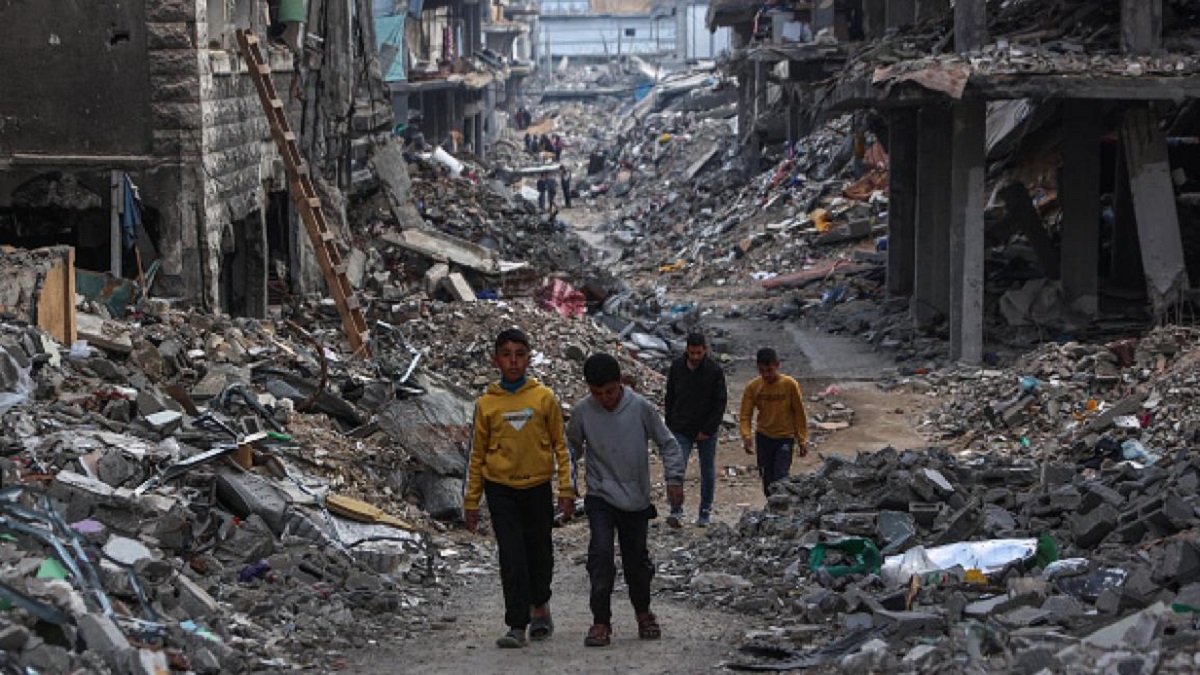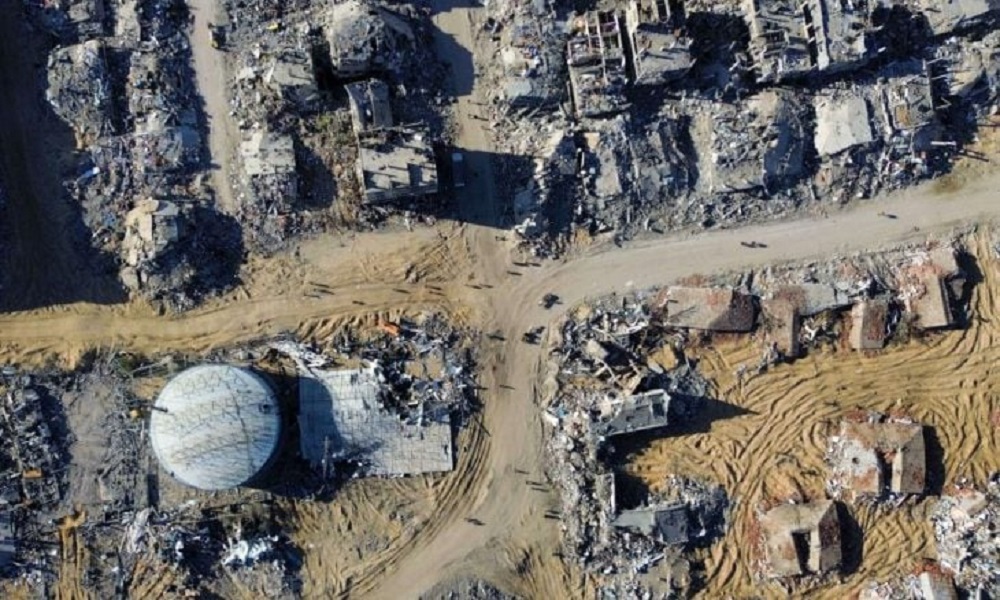Stalemate in Gaza Ceasefire Talks: No Breakthrough in Egyptian Mediation Efforts
Hamas Shows Flexibility on Prison.er Exchange, But Key Issues Remain Unresolved in Latest Round of Cairo Talks

Watan-Palestinian and Egyptian sources reported on Monday that the latest round of talks in Cairo aimed at returning to a ceasefire in Gaza and the release of detained Israelis ended without any breakthrough in sight.
The sources indicated that Hamas, the Islamic Resistance Movement, remains adamant that any agreement must lead to a halt in the war on Gaza.
Israel, which resumed its war on Gaza last month after violating the ceasefire agreed upon in January, has stated that it will not stop the war until Hamas is eradicated, dismissing any proposal involving its disarmament.
The Hamas delegation, led by Khalil al-Hayya, the head of the movement in Gaza, showed some flexibility regarding the number of prisoners they could release.

Hamas Shows Flexibility on Prisoner Exchange in Latest Ceasefire Talks
Despite this significant difference, the sources noted that the Hamas delegation, led by Khalil al-Hayya, showed some flexibility concerning the number of prisoners they could release in exchange for the release of Palestinian prisoners held by Israel in case of a truce extension.
An Egyptian source revealed that the latest proposals for extending the ceasefire suggest that Hamas would release a larger number of prisoners.
There are reports within resistance factions that the Israeli demands outlined in the recent proposals do not include any commitment to a full ceasefire, and Israel is still seeking a staged prisoner swap deal.
According to information available to “Al-Quds Al-Arabi,” the Israeli side did not mention in any of the clauses it presented a commitment to proceed to the second phase of the ceasefire agreement, in which the war would end permanently and political negotiations would begin, after the establishment of an independent administrative committee to manage all affairs in Gaza.
The Israeli proposals include vague provisions related only to prisoner exchanges and facilitating the entry of goods to improve the population’s conditions, which would be in the form of “humanitarian aid” but would not address the long-standing issues facing the population who have suffered immensely from the ravages of war.
In this context, a Palestinian resistance leader revealed key points of the Israeli proposal for a ceasefire and prisoner exchange.

Israeli Proposal Focuses on Partial Ceasefire and Limited Prisoner Swap
The proposal stipulates reaching a 45-day halt in military operations, opening crossings, and allowing aid to enter but under Israeli conditions. Additionally, the Israeli military would redeploy to pre-March 2, 2025 positions.
This includes withdrawing the Israeli army to areas where it was before resuming its war on Gaza, specifically “Morag Axis” and northern areas of the Gaza Strip, but not withdrawing from “Philadelphi Axis” and the eastern and northern border areas of the strip, or from the eastern region of “Netzarim Axis.”
According to the resistance leader, the proposal’s text emphasizes entering the second phase of negotiations, which would include a permanent ceasefire, withdrawal, and “Hamas’ weapons” and the administration of Gaza.
The source added that the Israeli proposal “seeks to disarm Hamas and ensure it does not return to governing Gaza,” and the Hamas leader believed that this Israeli proposal “does not meet its basic demands for a permanent ceasefire or a full withdrawal from Gaza.”
The source, who is a Hamas leader, stated that the Israeli proposal “does not guarantee a ceasefire and seeks to gradually take the prisoner exchange card out of Hamas’s hands.”
He confirmed that Hamas has not yet responded to the Israeli proposal and is currently studying it.
Israel Seeks to Release 10 Hostages; Hamas Demands Ceasefire Phase Negotiations
Israeli Minister Zeev Elkin, a member of the Security Cabinet in Prime Minister Benjamin Netanyahu’s government, stated on Israeli military radio today that Israel is seeking “to release about 10 hostages instead of the five Hamas had previously agreed to free.”
The Egyptian source indicated that Hamas has requested more time to respond to the latest proposal.
He added, “Hamas has no problem, but it is demanding guarantees that Israel will agree to start negotiations for the second phase of the ceasefire agreement,” which would lead to the war’s end.
Hamas released 33 Israeli prisoners in exchange for hundreds of Palestinian detainees during the first phase of the ceasefire, which lasted six weeks, beginning in January.
However, the second phase, which was supposed to begin in early March and lead to a final halt to the war, never materialized due to Israel’s breach of the ceasefire.
Israeli forces have killed more than 1,500 Palestinians since resuming their military operations on the Gaza Strip last month, many of them civilians. New evacuation orders have led to the displacement of hundreds of thousands, while Israel has seized large areas of land and imposed a comprehensive blockade on supplies to all areas of Gaza.

Palestinians Report Deadliest Wave of Israeli Attacks Since Ceasefire Collapse
Palestinians say that the wave of Israeli attacks since the ceasefire collapse is one of the most violent and deadliest since the war on the population began.
In Jabalia, northern Gaza, relief workers were using heavy hammers to break concrete and retrieve bodies buried under a building that collapsed following an Israeli strike.
The feet and hand of a person were exposed under a concrete block. Workers carried a body wrapped in a blanket. Several workers at the site stated that up to 25 people were martyred.
In Khan Younis, southern Gaza, an airstrike turned a group of tents into piles of rubble. Families returned to search through the debris for their belongings.
Ismail Al-Raqab, who returned to the area after his family fled the airstrike before dawn, said, “We used to live in homes, then they were destroyed. Now our tents are destroyed too. We don’t know where we live.”






